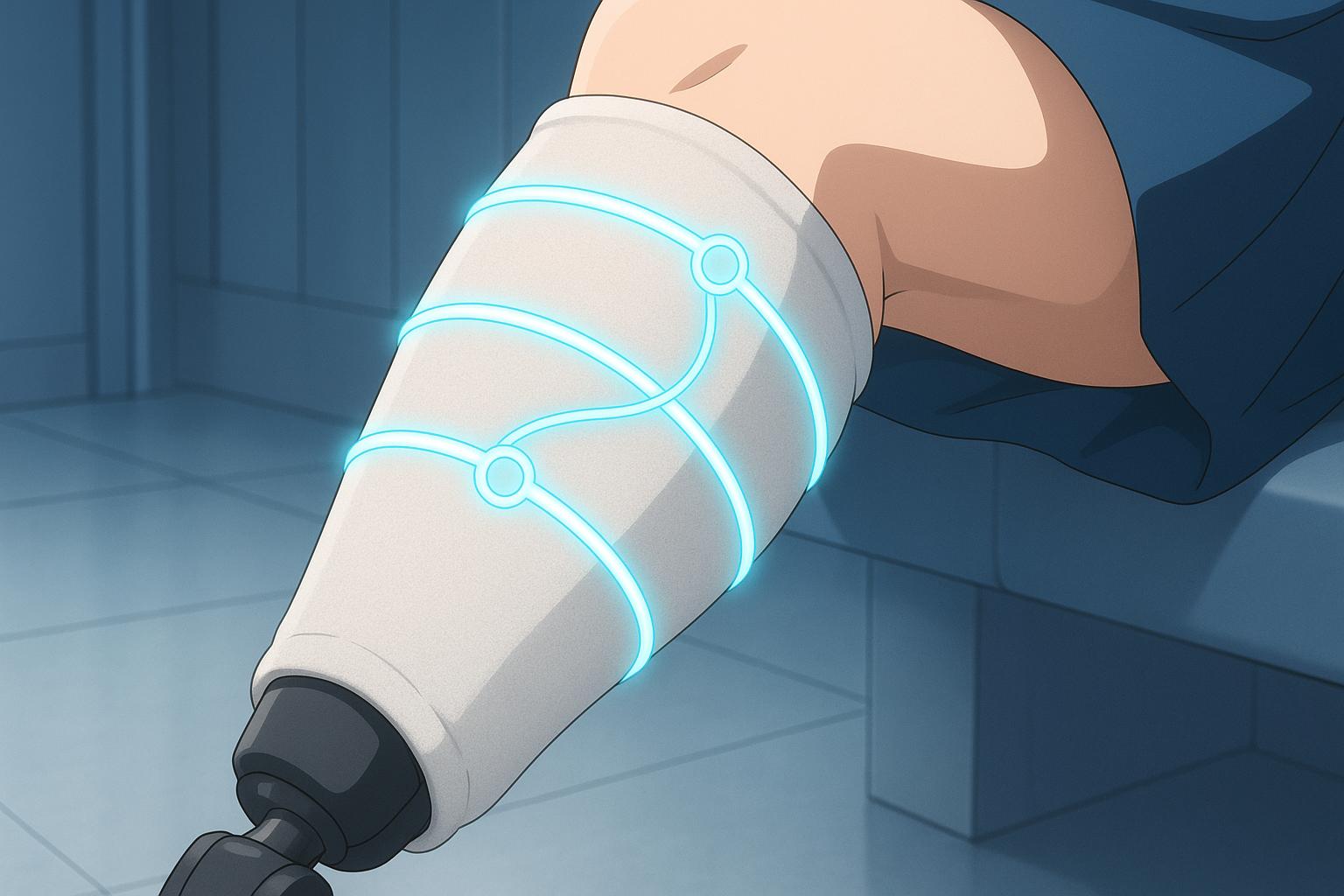British healthtech company TG0 has made significant strides in addressing a long-standing issue within the realm of prosthetics with its innovative smart prosthetic liner. This ultra-soft, wireless device utilises advanced sensor materials to monitor pressure and comfort levels, with the overarching goal of reducing the alarming rate of device abandonment. Research indicates that approximately 22 percent of prosthetic users abandon their devices, often due to discomfort caused by poor fit or pressure-induced injuries. Such abandonment not only compromises the quality of life and mobility for users but also places an estimated annual burden of £10 million on the NHS due to follow-up treatments and the need for replacement devices.
Ming Kong, CEO of TG0, articulated the company's ambition, stating, “The technology we are developing has an unprecedented combination of sensitivity, flexibility, and wearability.” The smart sensor material is crafted for continuous, real-world application and remains virtually undetectable to the wearer. Building on previous successes in industries like automotive and fitness, TG0 has created flexible, polymer-based pressure sensors which generate real-time data regarding the fit of prosthetics throughout the day. This data can be transmitted wirelessly to clinicians, facilitating remote assessments and timely interventions before discomfort escalates into significant medical issues.
Current insights reveal that even 20 minutes of excessive pressure on sensitive areas can lead to skin ulcers or sores, which require up to six weeks for complete healing. Such complications not only impair the mobility of users but also escalate healthcare costs and clinical workloads. TG0’s project, which is set to unfold over the next 18 months, is being developed with a diverse network of engineers, material scientists, and prosthetic users. The initiative aligns seamlessly with the NHS Long Term Plan, which prioritises preventive and digitally-enabled care. By enabling remote monitoring, TG0’s technology has the potential to significantly diminish the need for in-person specialist visits and hospital admissions.
Kong also expressed an expansive vision for the technology, stating, “We're developing a platform technology that could transform multiple areas of healthcare where pressure-related complications cause suffering and drive up costs.” This ambition extends beyond prosthetics to a broader context where preventable pressure injuries become increasingly rare across various healthcare settings.
While TG0's approach marks a significant step forward, it exists alongside other promising advancements in the field of prosthetics. Researchers at the University of Bath have pioneered a method for creating bespoke prosthetic liners in under a day, employing computer science and advanced manufacturing techniques to personalise solutions for lower limb amputees. This rapid process captures a 3D scan of the residual limb, creates a digital model, and uses cryogenic machining to manufacture a comfortable liner. This innovative approach not only reduces costs but aims to enhance patient comfort by yielding a better fit, thus decreasing the need for frequent adjustments and clinic visits.
The convergence of TG0's smart sensor technology and the rapid manufacturing techniques being developed at the University of Bath illustrates an evolving landscape for prosthetic solutions. As both advancements seek to improve comfort and reduce reliance on traditional fitting methods, they present complementary potentials for enhancing the lives of amputees and reducing the associated costs within the NHS. In a time where healthcare solutions are increasingly prioritising patient-centred care, these innovations could reshape the prosthetics sector significantly.
📌 Reference Map:
Source: Noah Wire Services
